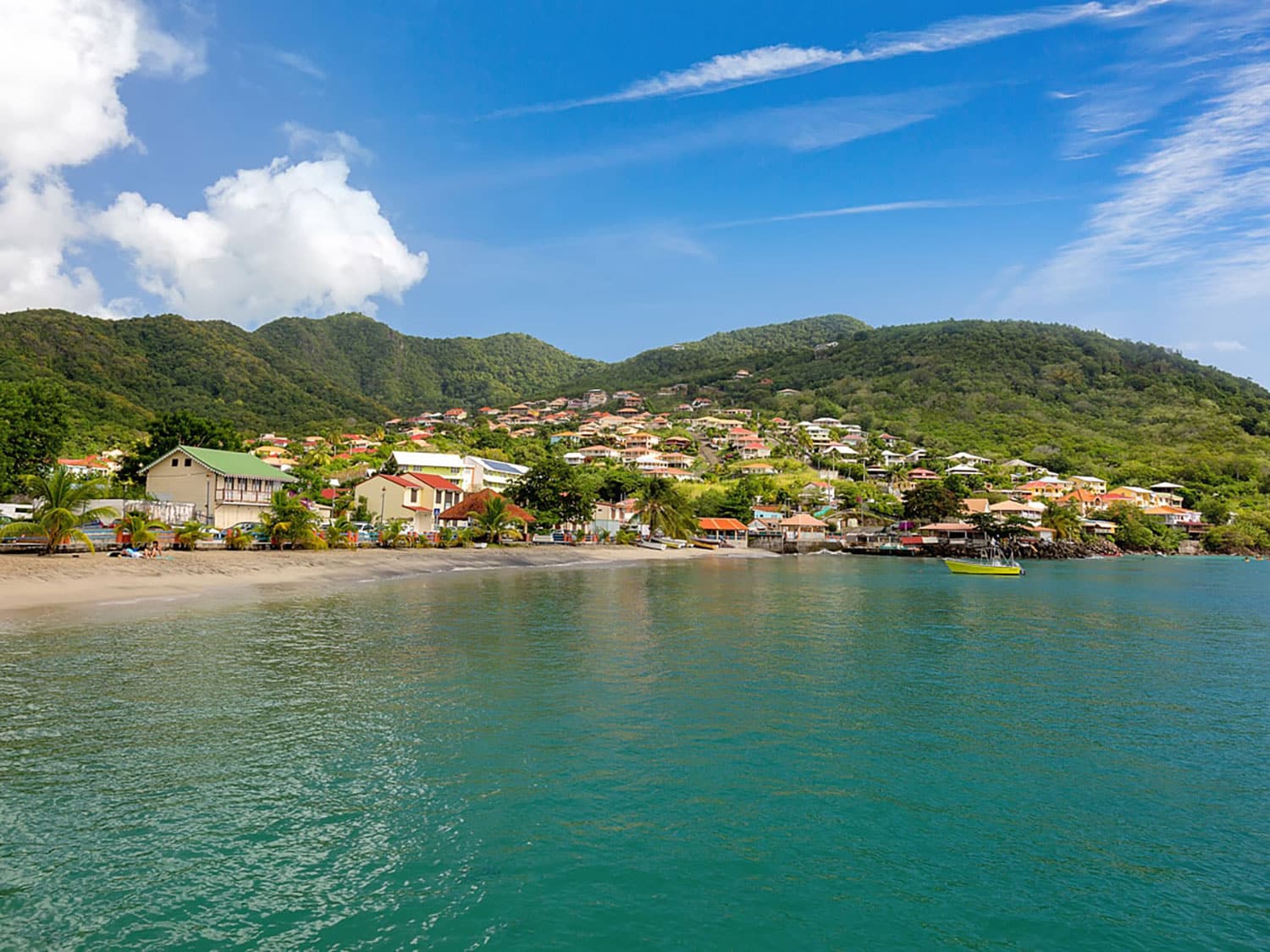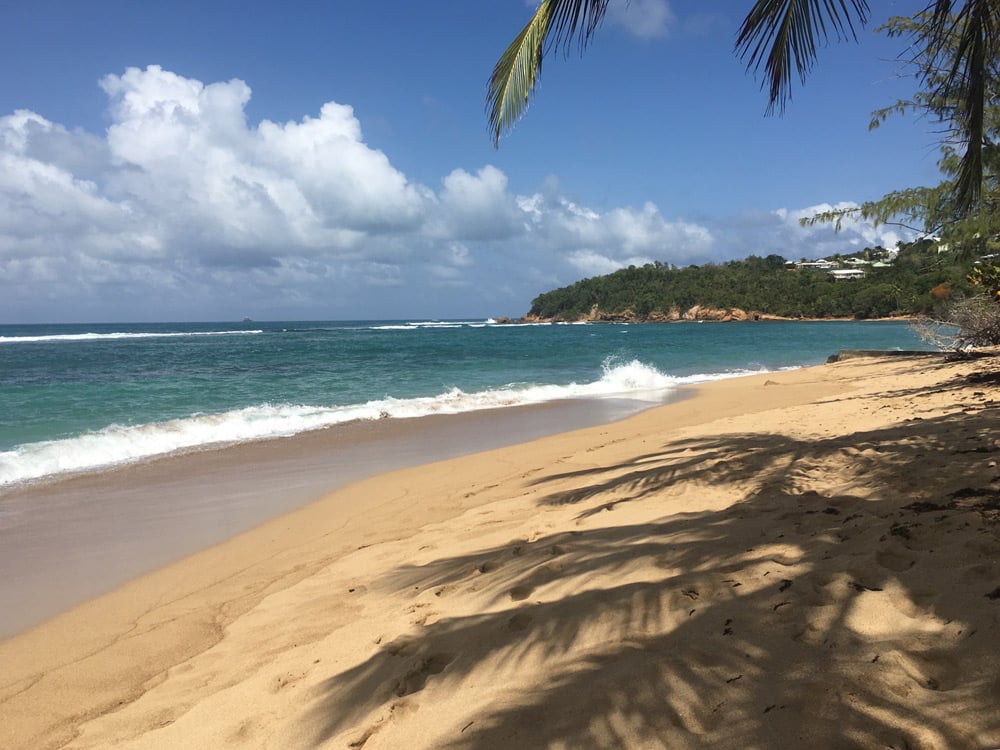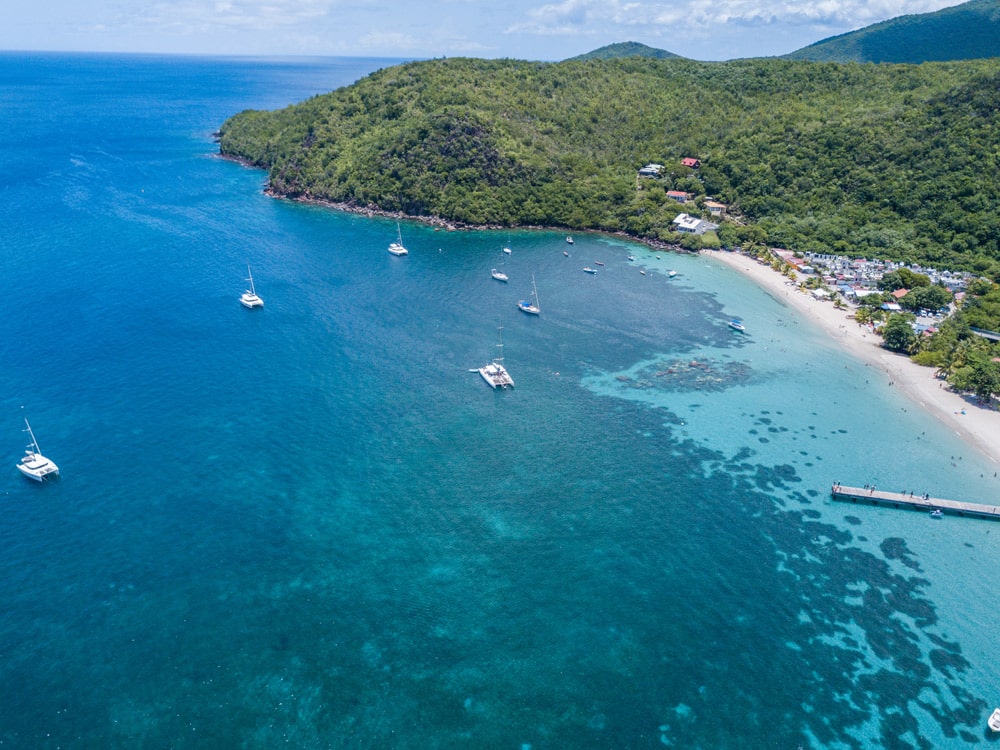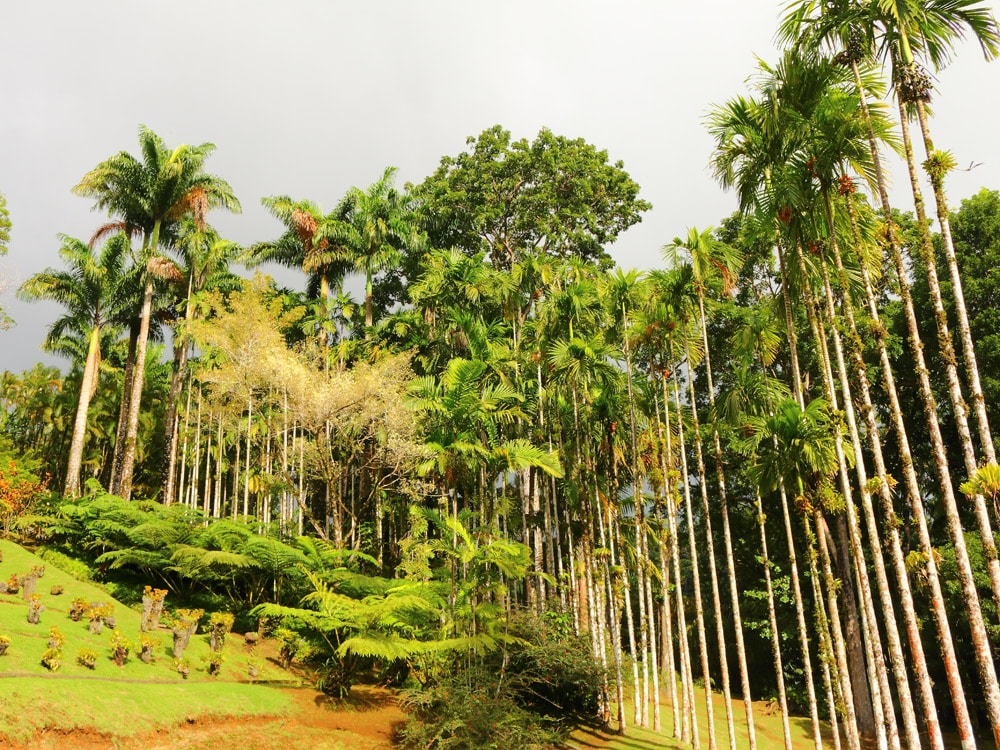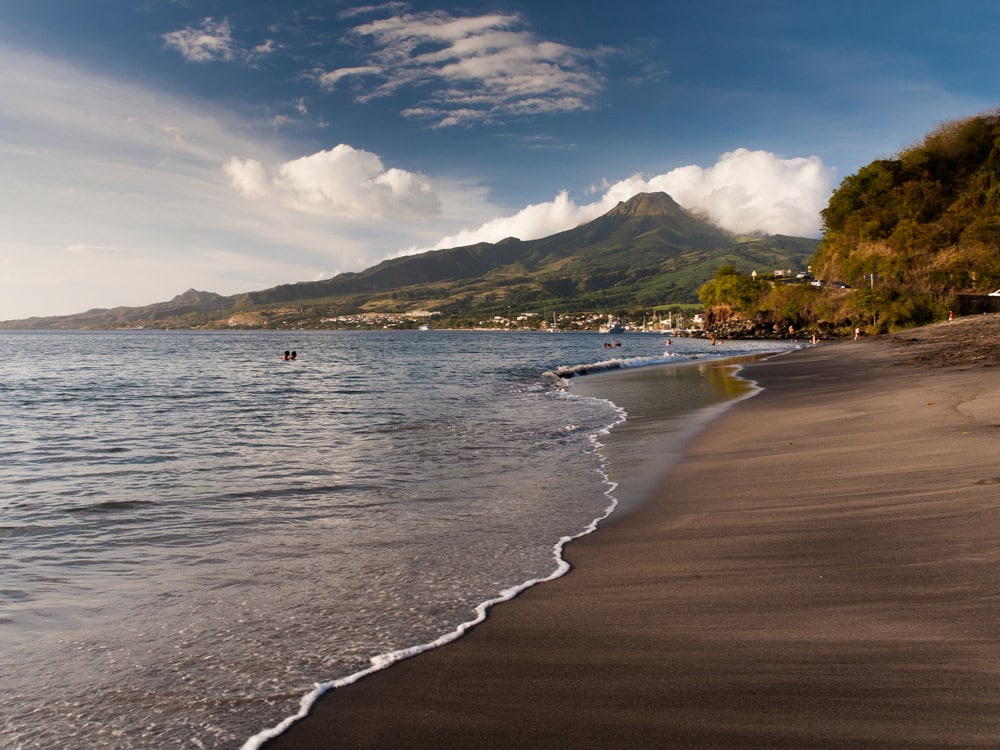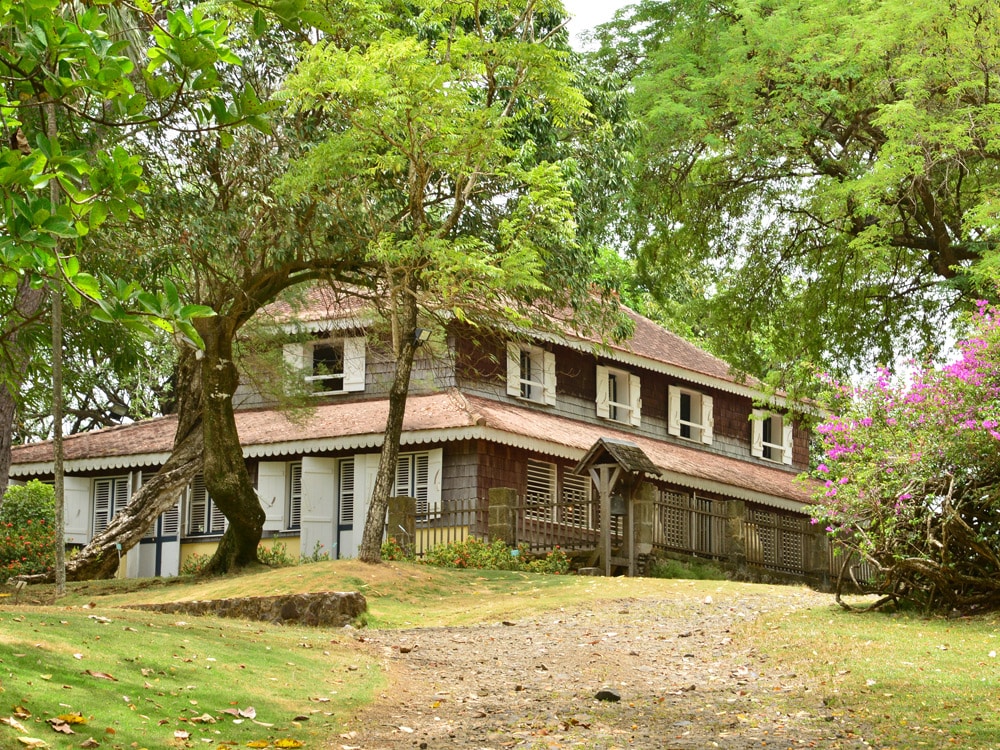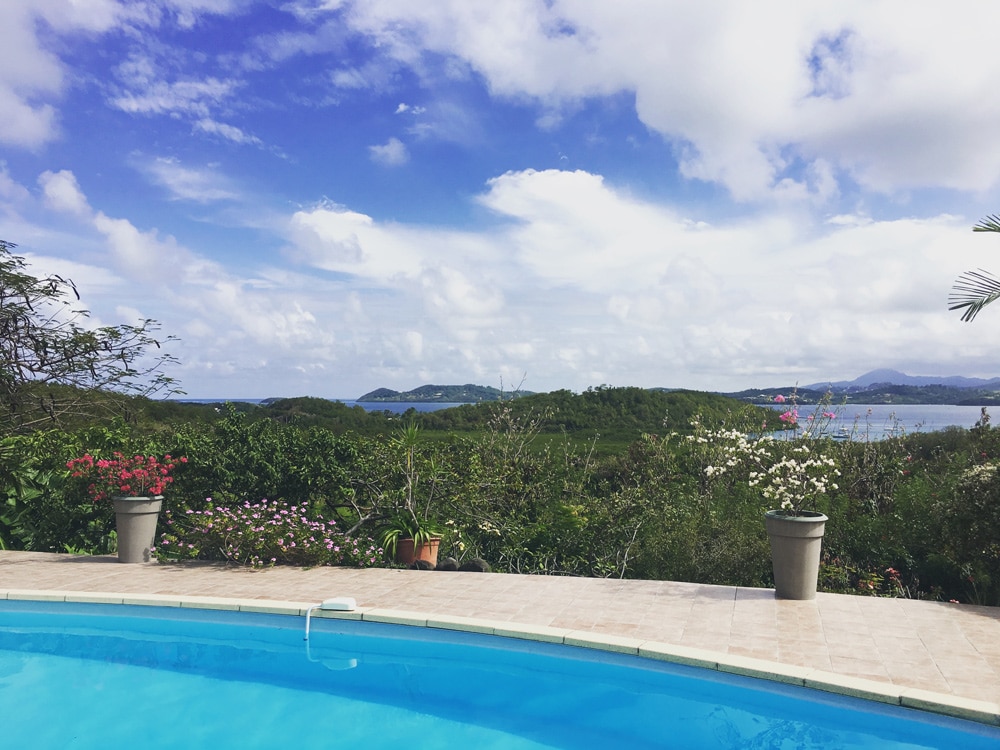7 Ways To Make The Most Of Your First Trip To Martinique
Beaches, gardens, cane fields, and volcanoes converge on this 425-square-mile overseas region of France.
Martinique may be off the radar for most Americans, but Europeans have a firm grasp of the island's many charms. As tourism on this island and throughout the region rebonds, it's time for U.S. travelers to finally get in on the secret. Beaches, gardens, cane fields, and even volcanoes converge on this 425-square-mile overseas region of France.
If you find yourself marooned on the Island of Flowers, here's how to keep busy. Bon voyage!
Hit the beach
The French word for cove is anse, and one just feels more exotic and worldly lying on a French-Caribbean anse. Martinique's most popular beaches are located along the southern coast, near the town of Saint-Anne. But for pure natural beauty, head to the Caravelle Peninsula's uncrowded Anse l'Etang, where no buildings (save a restroom) interrupt the screensaver scenery. Fifteen minutes up the road stand the ruins of Chateau Dubuc, a notorious 17th-century sugar estate.
Ply the high seas
A boat trip is practically mandatory in the Caribbean. Local captain Patricia speaks English, and her trusty skiff, the Watalibi, whisks small groups all across Martinique's eastern bays of Le Robert, Francois, and Vauclin. Hop on board for a healthy dose of island facts, reef snorkeling, and swimming in shallow lagoons, including Josephine's Bath, a natural shoal where you can take a dip and sip all the rum punch your heart desires.
For a full day of spotting dolphins, enjoying local cuisine, and exploring the north and south regions of this island, book a tour with the crew of Kairi Dream.
Smell the flowers
High in the hills above the capital of Fort-de-France is Jardin de Balata, the creation of horticulturist and landscape artist Jean-Philippe Thoze. More than 3,000 species of plants—including hibiscus flowers, heliconias, torch gingers, palm trees, bamboo, and century-old mahogany trees—flourish in the 7-acre botanical garden.
Don't miss the Treetop Trail: a series of 50-foot-high suspension bridges that offers a panorama from above.
Get to the top
The roof of Martinique is 4,583-foot Mount Pelee, which became the planet's third-deadliest volcano when it erupted in 1902. Despite its fearsome past, the Pompeii of the Caribbean now tempts trekkers to its peak (four to five hours, round-trip). Use the popular Aileron Trail, and start early (as in, pre-sunrise) for the best views. On the way, hikers pass fern forests, misty craters and flora unique to the mountain's fertile volcanic soil.
Rum for the hills
Nicknamed the Rum Capital of the World, Martinique comprises 12 (12!) estates that use a special rhum agricole distilling method. Making rum on Martinique since 1887, Habitation Clement is the most well-known producer, and its historic plantation and distillery have been converted into a sprawling museum and gardens for visitors.
As you wander the grounds, a handheld audio guide tells the story of the estate's warehouses, stables, vintage still, and Creole manor house. The self-guided tour culminates with leisure time in Clement's generous tasting room.
Eat, drink, and be merry
Martinique famously boasts a restaurant for every day of the year. If you must choose just one, make it Le Petibonum, a beach bar nestled on the silver sand of Le Carbet. Chef and owner Guy Ferdinand has been putting his gourmet spin on traditional Creole cuisine here for well over a decade, and servers bring the ever-changing chalkboard menu to you.
Start with accra fritters, continue with jumbo crayfish in vanilla sauce, and wash it all down with potent Planter's Punch.
Find your home away from home
A private villa is the way to go on Martinique, delivering privacy, more bang for your buck, and often an exclusive pool and view. For personal service, skip VRBO and Airbnb, and instead book through VillaVEO, a local rental agency that offers carefully curated properties and an English-speaking team.
